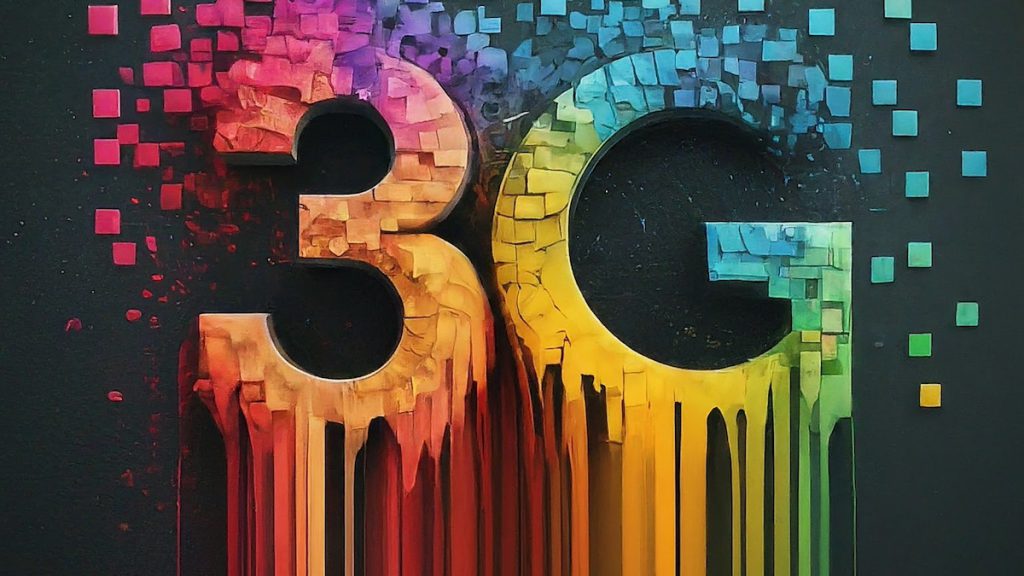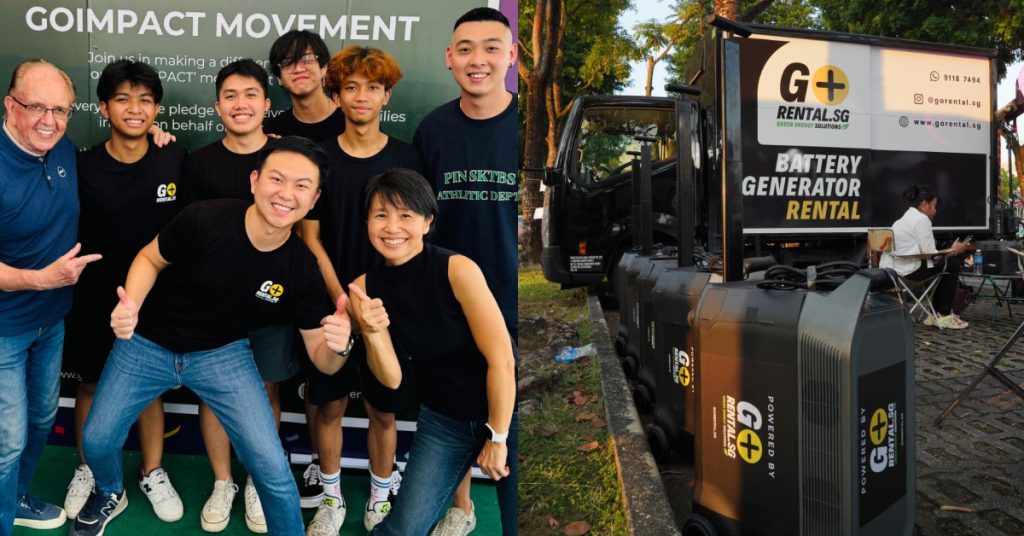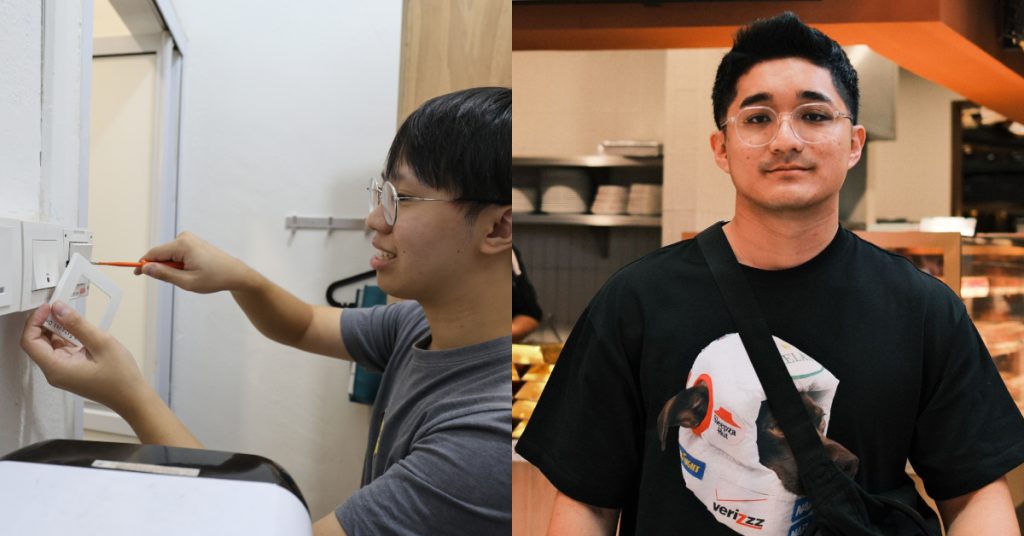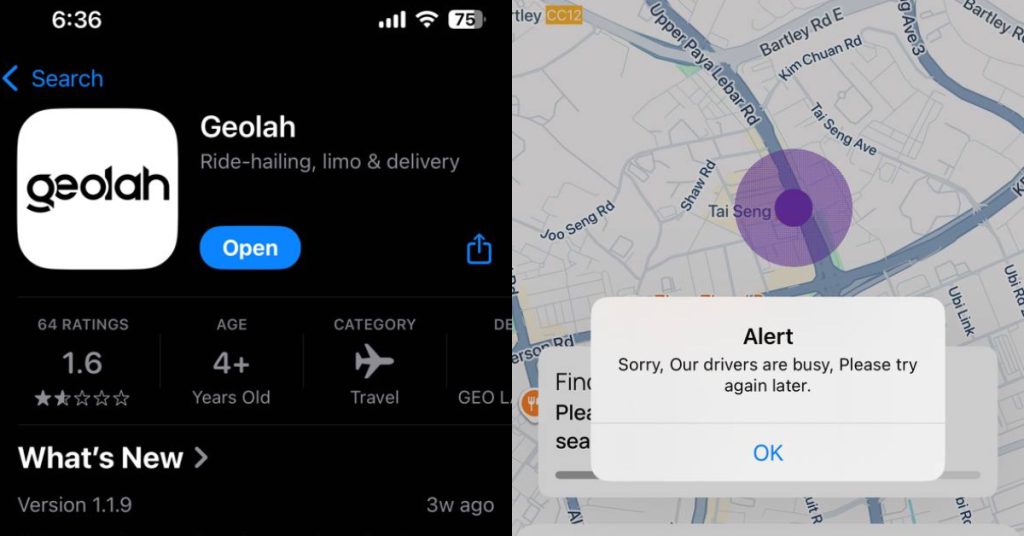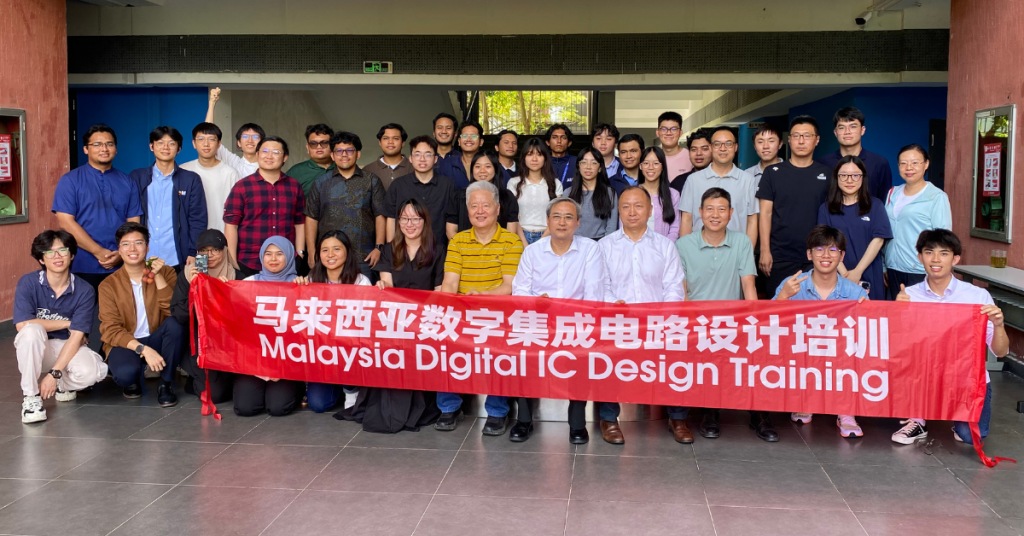UPDATE 24 July 2024
IMDA has announced that M1’s 3G network will start to retire on 1 August 2024.
Singtel and Starhub have not completed their 3G subscriber migration and their 3G networks are now planned to retire in November 2024.
Singapore will fully disconnect from 3G by the end of July 2024.
Retiring older cellular technology is part of the industry’s continuous evolution as new communication technologies are constantly implemented. 2G/GSM was disconnected in April 2017, and 6G research has already begun.
20 years of 3G
Singapore launched 3G (third-generation) cellular network technology in 2005. While initially slow and prone to lag, the service improved as its technology was updated, such as when High-Speed Packet Access (HSPA) was introduced, which improved reliability and data rates. Download speeds went from the initial 384 kbps to up to 7.2 Mbps broadband speeds, finally enabling practical video calls and multimedia web surfing.

My first 3G experience was when I reviewed the Nokia N70, which was considered a bit of a brick at a time when the sleek Motorola Razr V3 flip-phone dominated the handphone market. Positioned as a multimedia powerhouse, the N70 could play Symbian OS games, listen to MP3 files, surf the internet, store data onto an MMC card (the predecessor of the SD card), and make video calls—it even came with a front-mounted VGA camera!
At that time, 3G video calls were free, as it was thought that this would be the killer app to attract consumers to 3G, which had a comparatively high mobile data cost ($0.0035 per 1 kbps). However, the early experience could have been better, as video calls frequently had to deal with out-of-sync audio and rastering, and the data cost meant most consumers preferred to use Wi-Fi to watch YouTube videos.
Enter 4G
4G (fourth-generation) broadband cellular network technology was introduced by the three Mobile Network Operators (MNO) in Singapore in September 2012, with islandwide coverage achieved by October 2013. Apple introduced its first 4G device, the iPhone 5S, in September 2014, and this can be a marker to suggest when 3G-only mobile phones started becoming less attractive to consumers in Singapore. With more consumers adopting faster (up to 100 Mbps) and more capable 4G smartphones, the MNOs soon introduced competitive pricing. They dropped cost-per-use data rates for monthly data cap plans.
By July 2023, when the Infocomm Media Development Authority (IMDA) announced the plan to retire 3G by 21 July 2024, it stated that there were about 100,000 3G subscribers, which accounted for 1% of the total mobile subscription base. The three MNOs also announced migration plans for 3G subscribers to switch to 4G or 5G.
Who could be affected by the 3G shutdown?
Most media in Singapore have focused on lower-income workers who cannot afford the cost of a new smartphone to upgrade to 4G/5G, such as foreign domestic and migrant workers. Data monitoring services, private security companies and private vehicle diagnostic systems are also affected, though in most cases, their service providers would have updated these subscribers about alternatives.
Another segment is enterprises that use 3G for data monitoring, for example, data logging for commercial building systems such as air conditioning and power management or 3G emergency systems such as alarm systems in walk-in freezers. Singapore’s public bus ticketing and fleet management system also uses 3G and is currently upgrading to a 4G or 5G transmitter in a significant update program, expected to be completed by 2027.
For the good of 5G
Singapore’s telcos have completed significant infrastructure upgrades of their cellular networks to provide nationwide 5G coverage. Frequencies formerly allocated for 3G have been reallocated to expand 5G use in Singapore, with 5G data speeds hitting 384 Mbps in November 2023.
5G has better reliability, low latency and improved security for new applications and services, from streaming a 4K episode of Pyramid Game on your tablet as you commute to machine learning, autonomous and remotely operated vehicles on Singapore’s public roads.

Feature Image: Google Gemini AI generated


